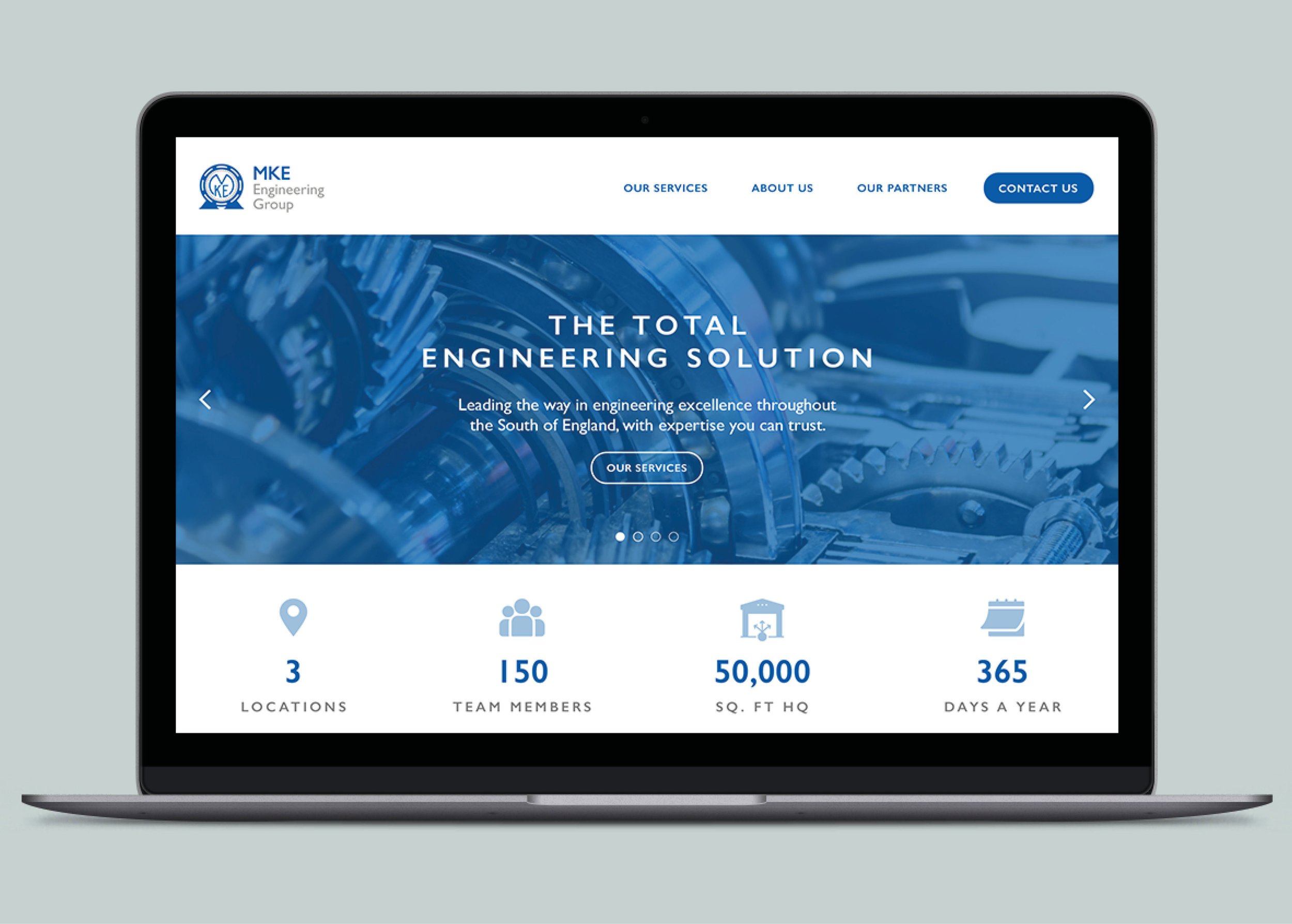Telltale Signs Your Website Needs a Design Overhaul ASAP
A website is often the first impression your business makes. If your website looks old or is hard to use, visitors might leave and never come back. This can hurt your business. A fresh, well-designed website can attract new customers and keep them engaged.
Spotting signs that your website needs a redesign can save you time and money. For example, if your website loads slowly or is hard to navigate, it might frustrate your users. Addressing these issues with a design overhaul can improve user experience and boost your business.
In this guide, we will explore key signs that indicate your website might need a redesign. Recognising these signs early can help you take action and keep your website running smoothly. With a few changes, your site can look better, work faster, and serve your visitors more effectively.
1. Poor User Experience
A poor user experience makes visitors frustrated and can drive them away. Several factors contribute to bad user experience. Slow loading times are a major culprit. If a website takes too long to load, visitors may leave before seeing your content. Hard-to-navigate menus also hinder users from finding information quickly. Complicated or cluttered designs can confuse visitors.
To identify and fix common UX issues, start by analysing user behaviour. Tools like Google Analytics can show you where visitors drop off. Conduct usability testing to get direct feedback from users. This helps identify specific pain points. Simplify navigation by organising menus logically and using clear labels. Make sure all pages load quickly by optimising images and using efficient coding practices. Regularly test your site to ensure it remains user-friendly and efficient.
2. Outdated Design Elements
Using outdated design elements can make your website look old and unprofessional. Common outdated elements include Flash animations, old fonts like Comic Sans, and non-responsive layouts. These elements can signal to visitors that your site is not maintained, reducing their trust in your brand.
It’s important to keep design elements current because web design trends evolve. Modern design elements like clean layouts, sans-serif fonts, and responsive design improve both appearance and functionality.
To update your design, start by removing outdated elements. Replace old fonts with modern, web-safe options. Incorporate responsive design techniques so your site looks good on all devices. Regularly review your site and stay updated with the latest design trends to ensure your website remains fresh and engaging.
3. Low Conversion Rates
If your website is attracting plenty of visitors but few of them are converting into customers, your design might be to blame. A cluttered or unappealing layout can distract visitors from taking action. Poor design can also make your calls to action (CTAs) hard to find, reducing the chances of conversions.
Design has a significant impact on conversion rates. A clean and appealing design can guide visitors towards your CTAs, such as signing up for a newsletter or making a purchase. Engaging visuals and easy navigation enhance the user journey, making it more likely for visitors to convert.
To redesign for better conversions, implement these tips:
- Simplify Navigation: Make it easy for users to find what they’re looking for.
- Focus on CTAs: Ensure your CTAs are prominent and clearly state the actions visitors should take.
- Streamline Forms: Reduce the number of fields in forms to make them quicker to complete.
- A/B Testing: Test different designs and layouts to see which ones yield better results.
Implementing these changes can boost your conversion rates and make your website more effective.
4. Not Mobile-Friendly
Having a website that isn’t mobile-friendly can turn away many potential visitors. A mobile-friendly design ensures that your site looks good and functions well on all devices, including smartphones and tablets. If your site is hard to read or navigate on a mobile device, you could lose a large portion of your audience.
Making your website responsive is essential. A responsive design adapts to various screen sizes and devices, providing a smooth user experience. This includes easy-to-read text, intuitive navigation, and quick load times.
Follow these steps to make your website mobile-friendly:
1. Responsive Framework: Use a responsive web design framework like Bootstrap.
2. Flexible Images and Media: Ensure images and videos scale correctly with screen size.
3. Readability: Use larger fonts and ample spacing for better readability on small screens.
4. Test on Multiple Devices: Regularly test your site on different devices to ensure it works well everywhere.
By making these updates, your website will be more accessible and user-friendly, helping you reach a wider audience.
Conclusion
Recognising signs that your website needs a design overhaul can significantly improve its performance. Addressing poor user experience, updating outdated design elements, improving conversion rates, and ensuring mobile-friendliness are crucial steps. Each of these improvements can make your site more engaging and effective.
Taking time to identify and fix these issues helps keep your website competitive and relevant. Investing in a design overhaul can attract more visitors, improve user satisfaction, and boost your business success.
If you're ready to refresh your website, offpaper is here to help. Let us partner with you to create a modern, user-friendly website. Reach out to our web design agency in Kent today and start transforming your website!

